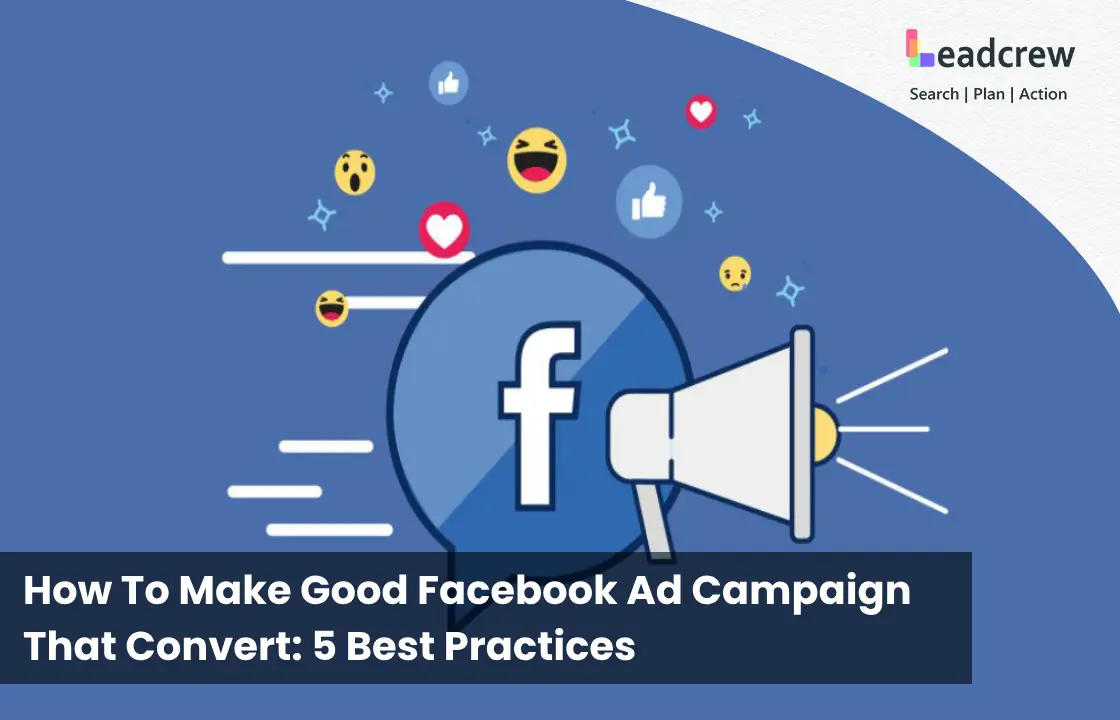Table of contents:
- Social Media Marketing: An Introduction
- What Is A Social Media Marketing Strategy?
- Why Do You Need To Create A Social Media Marketing Strategy?
- Tips To Choose The Right Social Media Platforms For Your Marketing Strategy
- How To Set “SMART” Goals For Your Strategy?
- Common Mistakes to Avoid While Creating A Social Media Strategy
- Frequently Asked Questions [FAQs]
Social Media Marketing: An Introduction

Social media marketing (SMM) involves creating and sharing content across social media networks to achieve your marketing and branding goals. This includes posting text and image updates, videos, and other content that drives audience engagement, as well as paid marketing.
What Is A Social Media Marketing Strategy?
You can think of it as a plan that outlines how a business or individual will use social media platforms to achieve specific marketing goals. It includes defining the target audience, choosing the right platforms, creating engaging content, and setting measurable objectives such as increasing brand awareness, driving traffic, or boosting engagement. A well-crafted strategy ensures that your efforts align with your business objectives, enhancing the impact of your social media efforts.
Why Do You Need To Create A Social Media Marketing Strategy?
Clear Goals and Objectives
Better Audience Targeting
Consistent Branding
Better Budget Management
Tracking and Analytics
A strategy allows you to set key performance indicators (KPIs) and track your progress. Social media platforms provide valuable analytics, such as engagement rates, impressions, clicks, and conversions. By regularly monitoring these analytics, you can modify your strategy based on real-time results.
Tips To Choose The Right Social Media Platforms For Your Marketing Strategy

Not every platform will indeed work for every brand, so it’s advisable to select the ideal platforms that can benefit your business. The next part of the blog consists of some tips to help you choose the right platform for your business.
1. Know Your Audience
2. Define Your Goals
3. Understand Platform Strengths and Weaknesses
4. Analyze Your Competitors
5. Test and Optimize
Don’t be afraid to experiment. Run campaigns on different platforms, track the results, and adjust your strategy based on performance. Use analytics tools to measure key metrics to understand what’s working and where there’s room for improvement.
How To Set “SMART” Goals For Your Strategy?
SMART refers to Specific, Measurable, Achievable, Relevant, and Time-bound. These five criteria will ensure that your goals are well-defined and set you up for success. To create an effective strategy, you can also review multiple social media marketing examples to see what strategies your competitors are implementing. Here’s how to break down each component to create goals that keep your strategy on track:
1. Specific
2. Measurable
3. Achievable
4. Relevant
5. Time-Bound
The last is Time-bound, which refers to setting a deadline for every goal. When your goals don’t have a timeframe, it’s easy to put them off indefinitely. For instance, instead of simply aiming to “increase website traffic,” make it specific by saying, “Increase website traffic by 20% over the next 3 months.” A set deadline creates a sense of urgency and gives you a clear time frame in which to achieve the goal, making it easier to stay motivated and track progress along the way.
Common Mistakes to Avoid While Creating A Social Media Strategy
Trying to Be Active on Every Platform
Not Setting Clear Goals
Ignoring Analytics and Data
Being Overly Promotional
Failing to Engage with Your Audience
Make The Most Out Of Your Social Media Marketing Efforts With Leadcrew!
Team Leadcrew is here to help you boost your brand’s social media presence. We provide the best social media marketing services in Karachi. From content creation to ad campaign management, we handle it all for you. Contact our social media marketing agency and watch your business reach new heights.
frequently asked questions (FAQs)
Begin by identifying your goals, audience, and best-fit platforms. Then create a content calendar and start posting consistently. You can also use analytics to adapt and improve over time. If you’re new to this, you can take advice from an agency or utilize quick marketing services.
Small businesses can start with $100–$500/month for tools and ads. As you grow, consider professional social media marketing services, or you can also collaborate with a social media marketing agency like Leadcrew for advanced campaigns.





